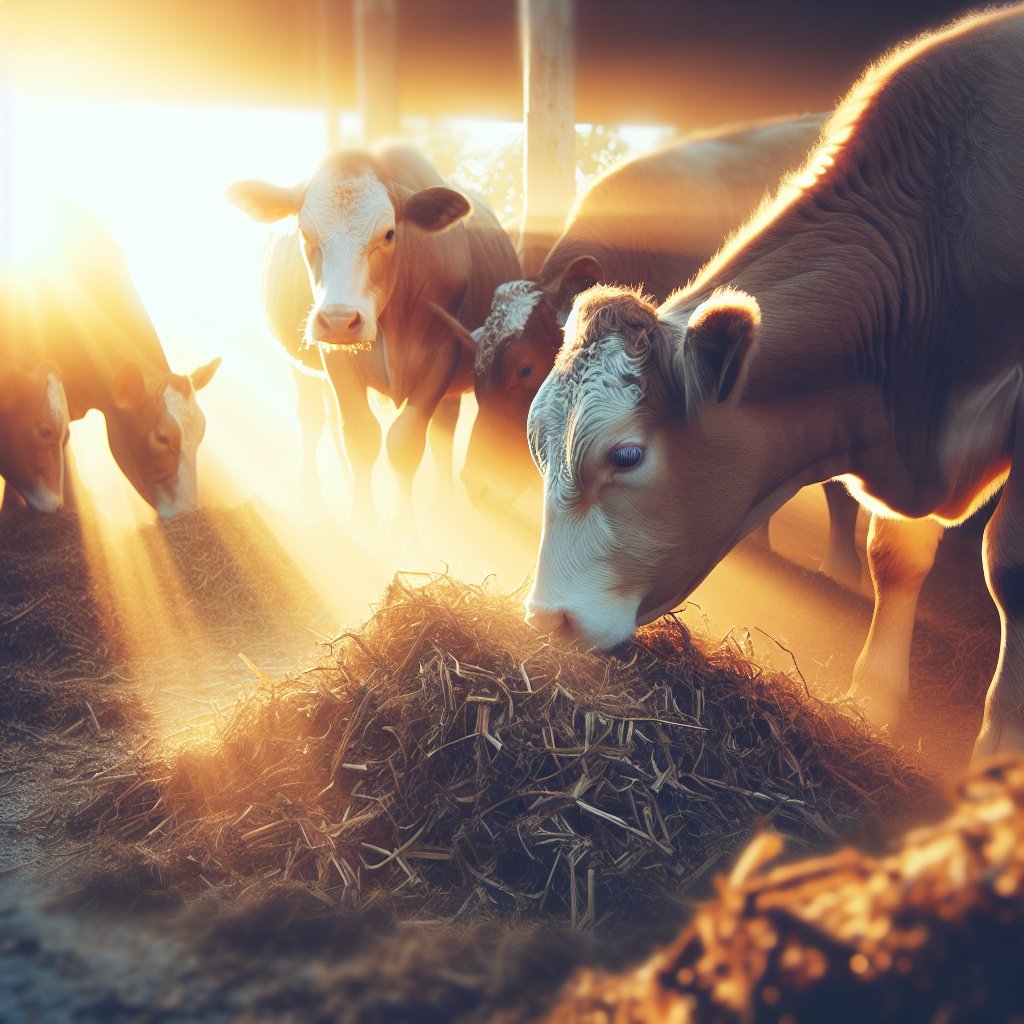The prices of cattle feed have become a significant concern for farmers and the agricultural industry as a whole. Understanding the current trends in feed prices is essential for livestock producers to make informed decisions regarding their operations. This article will explore the factors influencing cattle feed prices, the current market trends, and strategies that farmers can adopt to mitigate the impact of rising costs.
Factors Influencing Cattle Feed Prices
Several factors contribute to the fluctuations in cattle feed prices. These factors can be broadly categorized into environmental, economic, and market dynamics.
Environmental Factors
Weather conditions play a crucial role in determining the availability and price of feed ingredients. Droughts, floods, and other extreme weather events can significantly impact crop yields, leading to shortages in feed supply. For instance, a drought in a major grain-producing region can reduce the availability of corn and soybeans, which are primary components of cattle feed. Consequently, this scarcity drives up prices.
Economic Factors
The global economy also influences feed prices. Changes in fuel prices, labor costs, and transportation expenses can affect the overall cost of feed production and distribution. Additionally, inflation can lead to increased costs for raw materials, which are essential for producing cattle feed. Farmers must keep a close eye on these economic indicators to anticipate potential price changes.
Market Dynamics
Supply and demand dynamics in the agricultural market are critical in determining feed prices. When demand for beef rises, the demand for cattle feed also increases, leading to higher prices. Conversely, if there is a surplus of feed due to overproduction or decreased demand for beef, prices may drop. Understanding these market trends is vital for farmers to make strategic purchasing decisions.
Current Market Trends
As of 2023, the cattle feed market is experiencing several notable trends that are shaping prices and availability. These trends are influenced by both domestic and international factors.
Increased Demand for Sustainable Practices
There is a growing trend towards sustainable agriculture, with consumers increasingly demanding products that are produced with environmentally friendly practices. This shift is prompting farmers to seek alternative feed sources, such as by-products from other industries or locally sourced ingredients. While this can help reduce costs in some cases, it may also lead to increased competition for certain feed ingredients, driving prices up.
Global Supply Chain Disruptions
The COVID-19 pandemic has highlighted vulnerabilities in global supply chains, affecting the availability of feed ingredients. Disruptions in shipping and transportation have led to delays and increased costs for importing feed components. As a result, farmers are facing higher prices for imported feed, which can significantly impact their overall production costs.
Technological Advancements in Feed Production
Advancements in technology are also influencing cattle feed prices. Innovations in feed formulation and production processes can lead to more efficient use of ingredients, potentially lowering costs. For example, the development of precision feeding techniques allows farmers to optimize feed rations based on the specific nutritional needs of their cattle, reducing waste and improving overall feed efficiency.
Strategies for Farmers to Mitigate Rising Feed Costs
As feed prices continue to rise, farmers must adopt strategies to manage their costs effectively. Here are some approaches that can help mitigate the impact of increasing feed prices:
Diversifying Feed Sources
Farmers should consider diversifying their feed sources to reduce reliance on a single ingredient. By incorporating alternative feed ingredients, such as by-products from the food industry or locally grown crops, farmers can create a more balanced and cost-effective feed ration. This approach not only helps in managing costs but also supports local agriculture.
Implementing Efficient Feeding Practices
Efficient feeding practices can significantly reduce feed waste and lower costs. Farmers should regularly assess their feeding strategies to ensure they are meeting the nutritional needs of their cattle without overfeeding. Utilizing technologies such as feed management software can help track feed usage and optimize rations based on cattle performance.
Investing in Research and Development
Investing in research and development can lead to innovative solutions for feed production and formulation. Collaborating with agricultural universities and research institutions can provide farmers with access to the latest findings and technologies that can improve feed efficiency and reduce costs.
Monitoring Market Trends
Staying informed about market trends and price fluctuations is essential for farmers to make timely purchasing decisions. By monitoring feed prices and market conditions, farmers can identify opportunities to buy feed at lower prices or negotiate better contracts with suppliers.
Conclusion
The prices of cattle feed are influenced by a complex interplay of environmental, economic, and market factors. As trends continue to evolve, farmers must remain vigilant and adaptable to navigate the challenges posed by rising feed costs. By diversifying feed sources, implementing efficient feeding practices, investing in research, and monitoring market trends, farmers can better manage their operations and ensure the sustainability of their livestock production. Understanding these dynamics is crucial for the future of the cattle industry and the agricultural sector as a whole.




